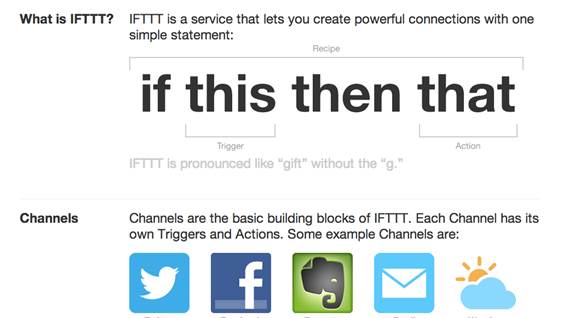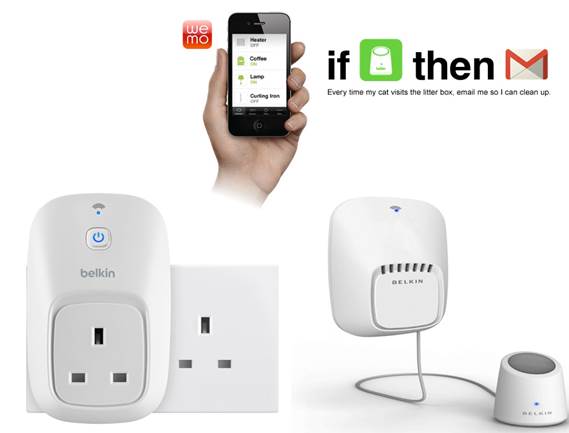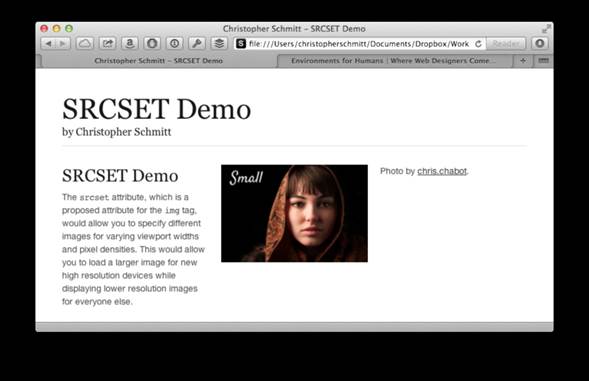What is it?
The web is at its most powerful when it works automatically
on your behalf. We’re only at the very beginning of what automated internet
services will do for us, as we move into the era of what’s being called the
Internet of Things. This is where every device – no matter how mundane – is
connected to the internet.
What does it do?
One of the best examples of the Internet of Things is IFTTT
(ifttt.com), which stands for ‘if this then that’. This wonderful web service
allows you to make things happen automatically based on certain triggers. It
can, for instance, be set up to save every Facebook photo you’re tagged in to
your Dropbox account, or be programmed to send you a text message with the
latest weather forecast at 7am every morning.

IFTTT is a great
example of how the Internet of Things can connect our lives
IFTTT and services like it are at their most powerful when
combined with devices. IFTTT is already compatible with Belkin’s range of WeMo
motion sensors and power switches (bit.ly/wemo334), which means you can create
a ‘recipe’ to be sent a text message when the motion sensor is triggered,
perhaps alerting you to the presence of a burglar when you’re away for the
weekend, or emailing you to let your know the kids are home from school.
IFTTT recently announced a partnership with the US smart
devices retailer, Smart Things, (http://shop,smarthing.com)
which sells internet-connected door locks, light switches and other sensors.
With compatible devices installed, it’s now possible, for example, to turn on
the lights with a text message or unlock your front door via a tweet, if you
want to let a friend in before you get home.

Belkin’s WeMo
range of household products is compatible with IFTTT
Before long, it’s entirely conceivable that we’ll be using
such simple, free web services to manage our domestic devices on a daily basis,
whether that’s switching the heating on as your smartphone uses its GPS sensor
to detect you’ve just stepped off the train, or putting the car’s Windscreen
Heater on five minutes before you set off to work on a frosty morning.
Where can I try it?
You can sign up for IFTTT now to get an idea of how the
Internet of Things works. As well as using IFTTT on your computer, you can
connect it to your iPhone or iPad with the free iOS app. Hopefully an Android
version will be released soon.
SRCSET – Hi-res images for hi-res devices
What is it?
If you’ve ever surfed the web on a device with a
high-resolution screen, such as Retina on a recent-generation iPad or one of
the new breed of Ultrabooks, you may have noticed images on websites looking
blurry or grainy. Srcset (short for ‘source set’) is an extension of the HTML5
standard, which overcomes this problem by letting web designers stipulate
different sizes of images for different devices.

Hi-res images for
hi-res devices
What does it do?
Traditionally, web designers have only used limited resolution
images on websites, because there was simply no point in using highly detailed
images when screens didn’t have enough pixels to do them justice. Indeed, using
high-resolution images was widely regarded as bad practice, because it meant
the user ended up downloading more data than was necessary, incurring not only
a delay in the time it takes a page to load but extra cost if they were
visiting that web page on a mobile device which required you to pay for data
according to how much you used.

Srcset allows
users of high-definition displays to benefit from high-resolution images on
websites
“This gives the web designer a dilemma”, says Bruce Lawson,
an open-source advocate with the browser maker Opera (www.opera.com). “You can only send one image –
so do you send a Retina image, which is huge and of a much higher quality than
the low-powered phone needs, or do you send a lower-quality image which looks
blurry on Retina displays? The trouble with sending everyone a high-DPI
[dots-per-inch] image is that they are four times the size of normal ones. Over
a mobile network, this can take much longer to download, and then the phone has
to squash it down to fit its screen”.
The leading browser companies have been wrestling with this
problem for a couple of years now, ever since ultra-high resolution displays
first appeared on the market. As usual, they’re having difficulty agreeing on
the best solution, but Srcset is currently the frontrunner.
When an Srcset attribute is added to an image on a web page,
a user viewing that picture on an iPad Air will see it at, say, twice the
resolution that someone using a low-end Android smartphone could.
Where can I try it?
Srcset is already being used in browsers that use the WebKit
rendering engine, the best-known of which is Apple’s Safari, but it’s yet to
win widespread approval and there are other solutions on the table.
“Ultimately, it doesn’t much matter which will win out, as long as all the
browsers agree and implement it,” says Lawson. “All the current proposals
‘degrade gracefully’, so older browsers still show an image and no user is
worse off than they are now.” You can see a demo of Srcset in action at
bit.ly/srcet334.